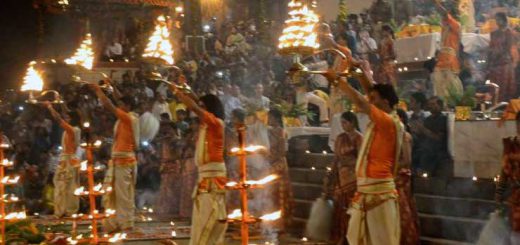Gayaji the city of Pind dan for ancestors

Gaya is located in south ‑central Bihar state. About 100‑116 km south of Patna (capital of Bihar).tors
- District & Administrative Role: Gaya is the administrative headquarters of Gaya District and Magadh Division. Bihar Tourism+1
- Rivers & Terrain: Lies on the banks of the Phalgu River (also called Niranjana in mythological texts). It is surrounded on three sides by small rocky hills (Mangla‑Gauri, Shringa‑Sthan, Ram‑Shila, Brahmayoni) and river on the fourth side. Bihar Tourism+1
- Name: The name “Gaya” is derived from mythological stories (Gayasura the demon) and has religious significance. Recently, the city is also officially referred to as “Gaya Ji” in some civic records. Bihar Tourism+2The Times of India+2
- Population & Size: As of the 2011 Census, city had ~470,839 people. It is the second‑largest city in Bihar by population.

Historical & Mythological Significance
- Gaya has deep roots in Hindu mythology. It is said to be the place where Lord Vishnu killed the demon Gayasura or pinned him under his foot. The name “Gayasura” becomes “Gaya” in local tradition.
- It’s also closely linked with religious rituals, especially Pind Daana, which is a Hindu ancestral rite. People come to Gaya to perform rites for ancestors. Bihar Tourism+1
- In Buddhism, its vicinity includes Bodh Gaya, about 10‑15 km away, where Buddha is said to have attained enlightenment under the Bodhi Tree. The Mahabodhi Temple complex there is a UNESCO World Heritage Site.
Key Landmarks & Places of Interest
Some of the important and popular places in and around Gaya:
| Name | Significance |
|---|---|
| Vishnupad Temple | Hindu temple dedicated to Lord Vishnu, built over a site which is believed to contain Vishnu’s footprint (Dharmasila). Central to pilgrimage and the Pind Daana rites. |
| Mangla Gauri Temple | A Shakti Peetha, dedicated to Goddess Gauri (Parvati). It is a revered temple on Mangla Gauri Hill. |
| Mahabodhi Temple, Bodh Gaya | One of the oldest Buddhist temples; marks the site of Buddha’s enlightenment. UNESCO site; has ancient roots (Mauryan period) and current structure partly from 5th‑6th century CE. |
| Rajendra Tower (Tower Chowk) | A clock tower built during British colonial times (1910‑14); renamed in 1981 after the first Indian President, Dr. Rajendra Prasad. It is considered symbolic of the city. |
Culture, Religion & Festivals
- Gaya is a pilgrimage center for Hinduism, Buddhism, and Jainism. Many religious rituals, pilgrimages, and fairs take place here. Bihar Tourism+1
- Pitripaksha / Pind Daana is especially important: a period during which devotees perform ancestral rites in Gaya. It draws large numbers of visitors. Bihar Tourism+1
- The languages spoken include Hindi, English (official), and regional dialects like Magahi. Wikipedia+1
Transport & Connectivity
- Road: Gaya is well connected by roads to other parts of Bihar and nearby states. There are major highways and regular bus services to cities like Patna, Varanasi, Kolkata, and others.
- Rail: Gaya Junction is a major railway station in the East Central Railway zone, on the Grand Chord line between Howrah and New Delhi.
- Air: Gaya Airport (also known as Gaya International Airport) serves domestic and international flights, especially for Buddhist pilgrims.



